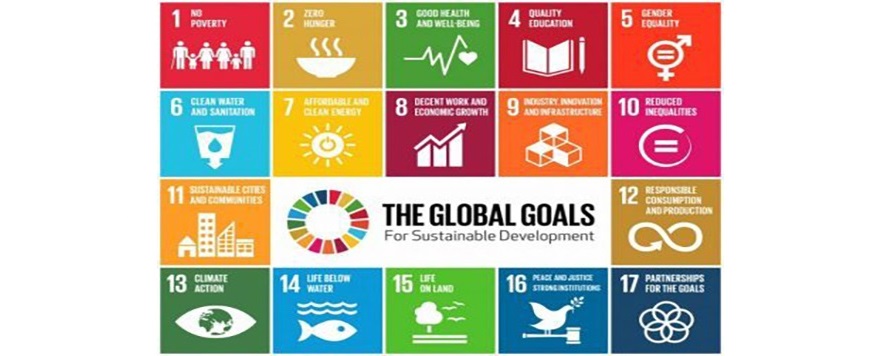Sustainability
- Sustainability involves adopting practices that ensure resources are preserved for future generations by balancing ecological, social, and economic needs. For more information, visit United Nations’ Sustainable Development Goals.
- The principle of sustainability focuses on maintaining long-term ecological health and resource availability by integrating environmentally friendly practices. To learn more, check out World Wildlife Fund’s Sustainability Initiatives.
- Achieving sustainability means implementing strategies that promote environmental stewardship and resource conservation while supporting societal well-being. For additional insights, see EPA’s Sustainability Resources.
Recycle
- Recycling involves processing used materials to create new products, thereby reducing waste, conserving resources, and mitigating environmental pollution. For more details, visit EPA’s Recycling Basics.
- The act of recycling transforms discarded items into raw materials for new manufacturing, promoting sustainability and reducing landfill use. To learn more, check out Earth911’s Recycling Guide.
- Recycling is a key environmental practice that converts waste into reusable materials, minimizing the ecological footprint. For additional information, see National Geographic’s Recycling Article.
Reuse
- Reusing involves finding new ways to use items instead of discarding them, thus extending their life cycle and reducing waste. Discover more at EPA’s Reuse Resources.
- The concept of reuse promotes the repeated use of products in their original form, helping to conserve resources and reduce environmental impact. For more details, visit Reuse Alliance.
- Reuse focuses on repurposing items for new uses, which reduces the demand for new products and lowers the overall environmental footprint. Learn more by visiting The Spruce’s Guide to Reusing Items.
Understanding Sustainability
Sustainability refers to the capacity to maintain ecological and social systems in balance, ensuring that current needs are met without compromising the ability of future generations to meet theirs. It encompasses three key pillars:
- Environmental Sustainability: Preserving natural resources and ecosystems to support life on Earth.
- Economic Sustainability: Creating economic systems that provide equitable opportunities and support long-term prosperity.
- Social Sustainability: Fostering inclusive societies that ensure health, well-being, and social equity.
The pursuit of sustainability is not merely an option; it is a necessity for ensuring the survival and prosperity of future generations.
The Urgency of Sustainable Practices
The urgency of adopting sustainable practices cannot be overstated. Our planet faces unprecedented challenges that threaten our survival and the health of future generations:
- Climate Change: The accumulation of greenhouse gases in the atmosphere has led to global warming, resulting in more frequent and severe weather events, rising sea levels, and shifting climate patterns. Without significant intervention, these changes will disrupt food production, water supply, and habitability of regions worldwide.
- Resource Depletion: The over-extraction and exploitation of natural resources, such as fossil fuels, minerals, and freshwater, are depleting reserves at an unsustainable rate. This not only threatens ecosystems but also jeopardizes the availability of essential resources for future generations.
- Biodiversity Loss: Human activities have accelerated the extinction of species at an alarming rate. Biodiversity loss weakens ecosystems, reducing their resilience and ability to provide vital services such as pollination, water purification, and climate regulation.
- Pollution: Pollution of air, water, and soil has severe impacts on human health and the environment. Industrial processes, agricultural practices, and improper waste disposal contribute to pollution, which can lead to chronic health conditions and ecosystem degradation.
Pathways to Sustainability
Addressing these challenges requires a concerted effort from individuals, communities, governments, and businesses. Here are key pathways to achieving sustainability:
- Transition to Renewable Energy:
- Phasing out fossil fuels in favor of renewable energy sources such as solar, wind, and hydroelectric power is essential. Renewable energy reduces greenhouse gas emissions and lessens our dependence on finite resources.
- Sustainable Agriculture and Food Systems:
- Adopting sustainable agricultural practices, such as organic farming, permaculture, and agroforestry, can enhance food security while preserving soil health and biodiversity. Reducing food waste and promoting plant-based diets also play crucial roles.
- Resource Efficiency and Circular Economy:
- Implementing a circular economy model, where products and materials are reused, refurbished, and recycled, minimizes waste and conserves resources. Businesses can innovate to design products with longer lifespans and create systems for product take-back and recycling.
- Conservation and Restoration:
- Protecting natural habitats and restoring degraded ecosystems are vital for preserving biodiversity and ecosystem services. Efforts should focus on reforestation, wetland restoration, and marine conservation.
- Sustainable Urban Development:
- Urban areas can be designed to minimize environmental impact through green building practices, efficient public transportation, and the integration of green spaces. Sustainable cities reduce carbon footprints and enhance quality of life for residents.
- Education and Advocacy:
- Raising awareness about the importance of sustainability and advocating for policies that promote sustainable practices are crucial. Education empowers individuals to make informed choices and engage in sustainable behaviors.
The Role of Policy and Global Cooperation
Government policies and international cooperation are pivotal in driving large-scale change. Policy measures such as carbon pricing, subsidies for renewable energy, and strict environmental regulations can incentivize sustainable practices. Global agreements, like the Paris Agreement, aim to unite countries in the fight against climate change, setting targets for reducing greenhouse gas emissions and promoting sustainable development.
Individual Actions Matter
While systemic changes are necessary, individual actions also play a significant role in advancing sustainability. Here are some ways individuals can contribute:
- Reduce, Reuse, Recycle: Adopt a minimalist approach to consumption, prioritize reusable products, and recycle whenever possible.
- Conserve Energy: Use energy-efficient appliances, switch to renewable energy providers, and reduce unnecessary energy use.
- Support Sustainable Products: Choose products from companies that prioritize sustainability and ethical practices.
- Advocate for Change: Participate in local sustainability initiatives, vote for environmentally conscious leaders, and advocate for policies that protect the environment.


